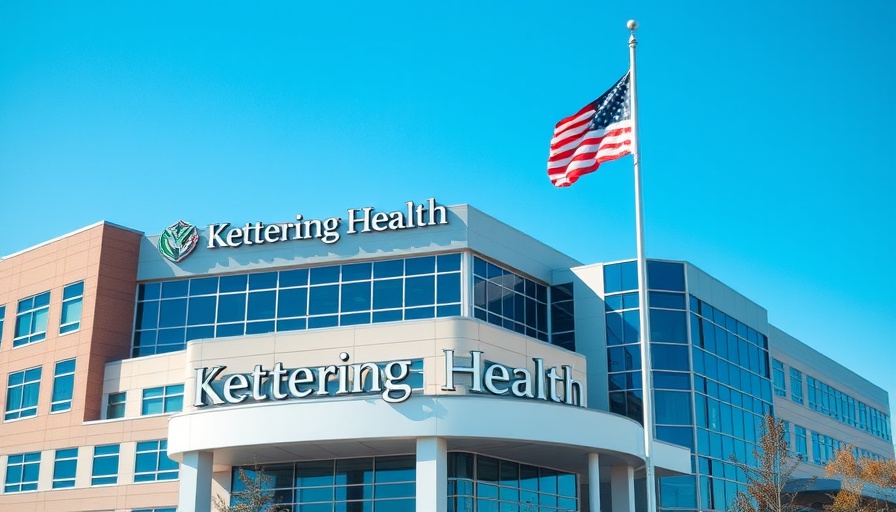
The Rising Threat of Ransomware in Healthcare
The ransomware attack on Kettering Health serves as a stark reminder of the vulnerabilities within the healthcare sector. As technology increasingly integrates into medical systems, cybercriminals have recognized hospitals and healthcare providers as ripe targets. The incident, attributed to the Interlock gang, epitomizes how serious and devastating a data breach can be for both the organization and its patients.
Understanding Ransomware and Its Implications
Ransomware is a form of malware that encrypts files, rendering them inaccessible until a ransom is paid. In the case of Kettering Health, the group claimed to have stolen over 940 gigabytes of sensitive data, including private health information and employee records. This includes critical patient details such as mental health statuses, medications, and even police officers' private identifying information. Such breaches not only threaten individual privacy but also the integrity of the healthcare system as a whole.
A Historical Context of Cyber Attacks on Healthcare
Ransomware attacks in the healthcare sector are not new. Since the onset of the COVID-19 pandemic, there has been a significant increase in cybercrime targeting hospitals, which can often be operating with outdated systems and limited cybersecurity resources. For instance, the ransomware attack on Universal Health Services in 2020 forced the company to shut down its operations, illustrating how these attacks can incapacitate healthcare structures at critical times.
The Response from Kettering Health
Following the attack, Kettering Health was swift to issue updates to inform patients and staff of their action plan. Though they have managed to restore “core components” of their electronic health record system, trust has been compromised. Kettering’s senior vice president assured local media that they did not pay the ransom, which aligns with a larger discussion in the cybersecurity community about whether paying ransoms only incentivizes further attacks.
Recognizing the Real Costs of Cyberattacks
The financial implications of ransomware attacks can be staggering. According to various reports, the average cost of a data breach for healthcare organizations can exceed millions of dollars, encompassing remediation costs, lost revenue during downtime, and potential lawsuits from affected individuals. Furthermore, the effect extends beyond finances; it can lead to a deterioration in patient care due to system outages during critical health interactions.
Potential Future Trends in Cybersecurity
Experts forecast that as technology becomes more entrenched in healthcare, the frequency and sophistication of cyber threats will only escalate. Healthcare providers must invest in advanced cybersecurity measures and develop comprehensive response protocols to defend against emerging threats. Additionally, ongoing training for staff about cybersecurity hygiene is essential, as human error often plays a crucial role in breaches.
The Importance of Patient Data Protection
Patients must remain informed and proactive about their own data privacy. This could involve measures such as monitoring their medical records, being aware of what data is collected, and understanding their rights surrounding that information. Raising awareness can help individuals advocate for themselves in the face of a cyber threat.
Conclusion
The Kettering Health incident shines a spotlight on the pressing need for enhanced cybersecurity in the healthcare sector. As ransomware attacks evolve, healthcare organizations must not only react but also proactively design and implement strategies that protect both their infrastructure and their patients’ sensitive information. Collaboration across stakeholders, including government, healthcare providers, and technology innovators, is vital for creating a robust defense against the growing menace of cybercrime.
 Add Row
Add Row  Add
Add 




 Add Row
Add Row  Add
Add 

Write A Comment